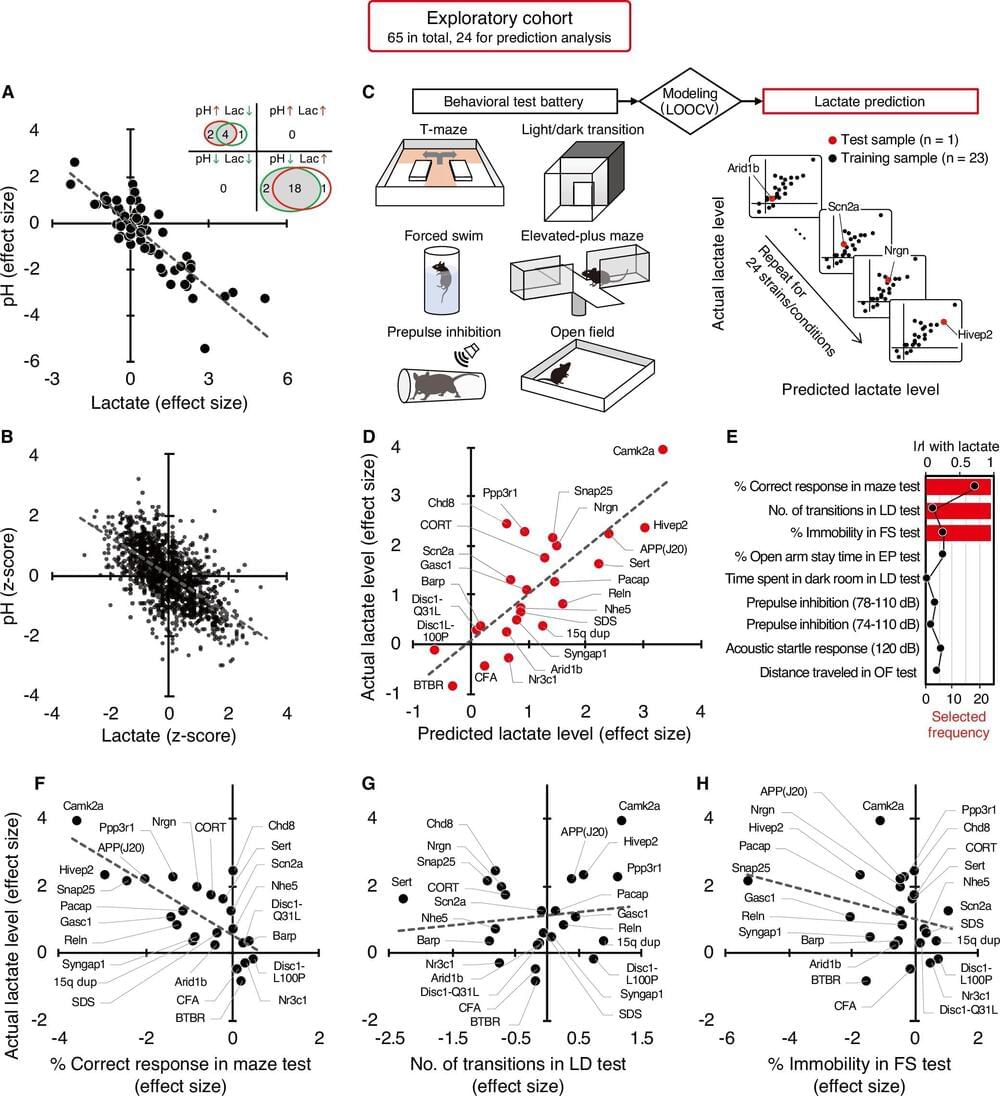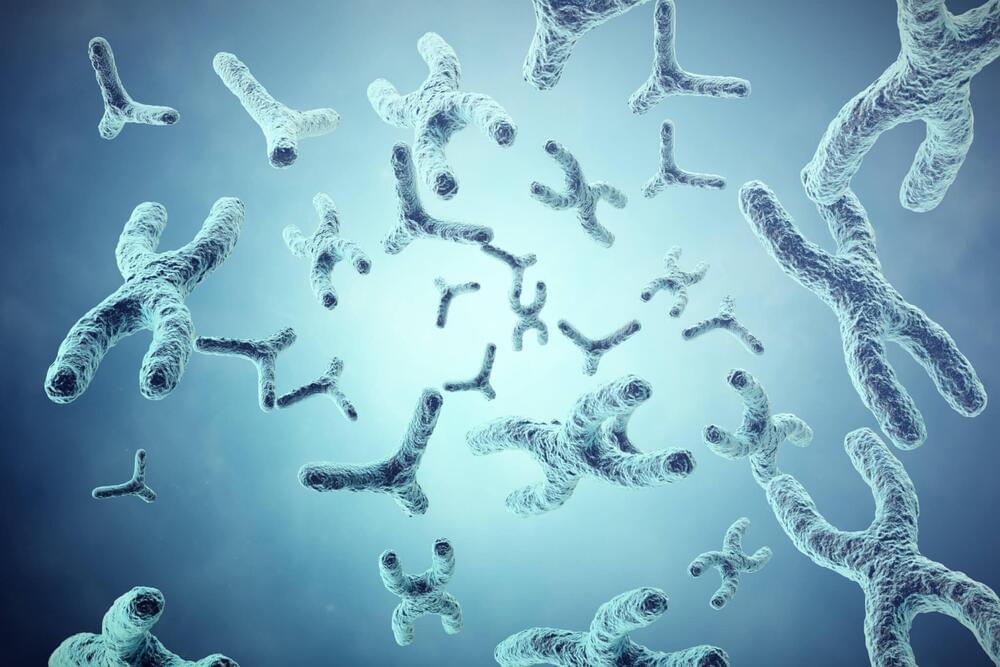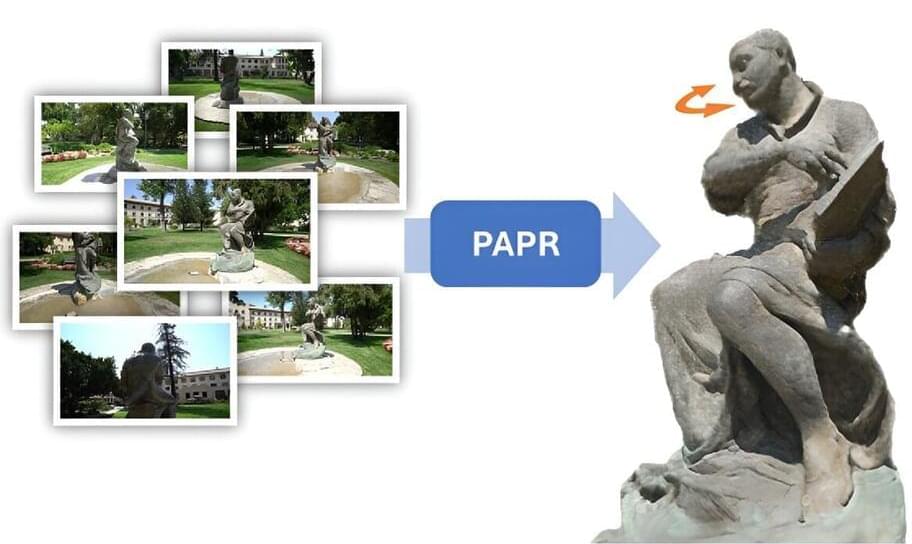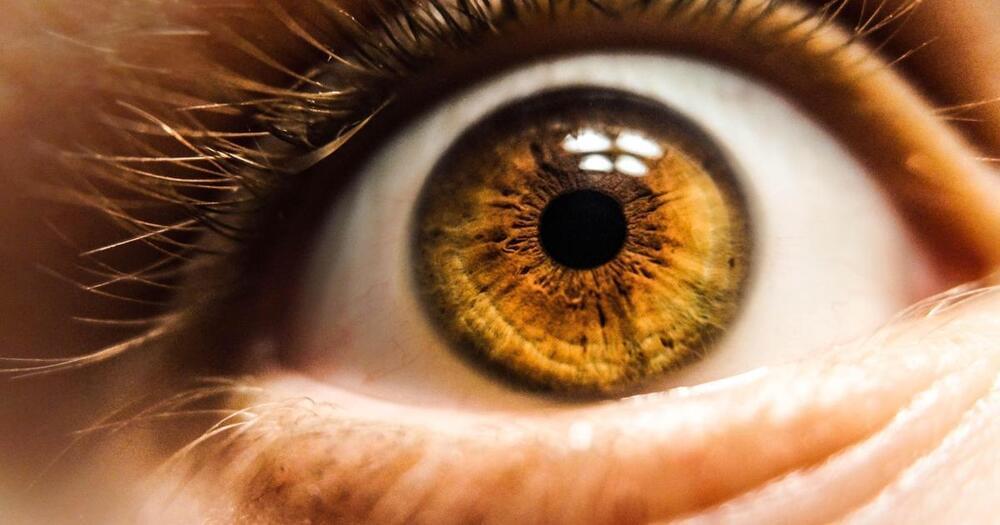Besides personal emails from Meta’s chief, the company is offering jobs to candidates without interviewing them, The Information has reported.
A global collaborative research group comprising 131 researchers from 105 laboratories across seven countries has published a paper in eLife. The study identifies brain energy metabolism dysfunction leading to altered pH and lactate levels as common hallmarks in numerous animal models of neuropsychiatric and neurodegenerative disorders, such as intellectual disability, autism spectrum disorders, schizophrenia, bipolar disorder, depressive disorders, and Alzheimer’s disease.
PHILADELPHIA — Scientists at the University of Pennsylvania’s Perelman School of Medicine have developed a new method to create human artificial chromosomes (HACs) that could revolutionize gene therapy and other biotechnology applications. The study, published in Science, describes an approach that efficiently forms single-copy HACs, bypassing a common hurdle that has hindered progress in this field for decades.
Artificial chromosomes are lab-made structures designed to mimic the function of natural chromosomes, the packaged bundles of DNA found in the cells of humans and other organisms. These synthetic constructs have the potential to serve as vehicles for delivering therapeutic genes or as tools for studying chromosome biology. However, previous attempts to create HACs have been plagued by a major issue: the DNA segments used to build them often link together in unpredictable ways, forming long, tangled chains with rearranged sequences.
The Penn Medicine team, led by Dr. Ben Black, sought to overcome this challenge by completely overhauling the approach to HAC design and delivery. “The HAC we built is very attractive for eventual deployment in biotechnology applications, for instance, where large-scale genetic engineering of cells is desired,” Dr. Black explains in a media release. “A bonus is that they exist alongside natural chromosomes without having to alter the natural chromosomes in the cell.”
If it walks like a particle, and talks like a particle… it may still not be a particle. A topological soliton is a special type of wave or dislocation that behaves like a particle: it can move around but cannot spread out and disappear like you would expect from, say, a ripple on the surface of a pond. In a new study published in Nature, researchers from the University of Amsterdam demonstrate the atypical behavior of topological solitons in a robotic metamaterial, something which in the future may be used to control how robots move, sense their surroundings, and communicate.
Topological solitons can be found in many places and at many different length scales. For example, they take the form of kinks in coiled telephone cords and large molecules such as proteins. At a very different scale, a black hole can be understood as a topological soliton in the fabric of spacetime. Solitons play an important role in biological systems, being relevant for protein folding and morphogenesis – the development of cells or organs.
The unique features of topological solitons – that they can move around but always retain their shape and cannot suddenly disappear – are particularly interesting when combined with so-called non-reciprocal interactions. “In such an interaction, an agent A reacts to an agent B differently to the way agent B reacts to agent A,” explains Jonas Veenstra, a PhD student at the University of Amsterdam and first author of the new publication.
Pushing for a higher speed isn’t just for athletes. Researchers, too, can achieve such feats with their discoveries. This is the case for Jinyang Liang, Professor at the Institut national de la recherche scientifique (INRS), and his team, whose research results have recently been published in Nature Communications.
Video showed the Francis Scott Key Bridge crumble into the Patapsco River in Baltimore.
Sand ripples are fascinating. They are symmetrical, yet wind — which causes them — is very much not. Furthermore, they can be found on Mars and on Earth. They would be even more fascinating if the same effect found on Mars could be found here on Earth as well. What if one unified theory could explain their formation on two different planets of our solar system?
That is what Ben-Gurion University of the Negev physicist Prof.
Hezi Yizhaq and Prof. Itzhak Katra and their colleagues from Denmark, Germany, Italy, China, and the US contend in a cover article published in Nature Geoscience.
Imagine performing a sweep around an object with your smartphone and getting a realistic, fully editable 3D model that you can view from any angle. This is fast becoming reality, thanks to advances in AI.
Researchers at Simon Fraser University (SFU) in Canada have unveiled new AI technology for doing exactly this. Soon, rather than merely taking 2D photos, everyday consumers will be able to take 3D captures of real-life objects and edit their shapes and appearance as they wish, just as easily as they would with regular 2D photos today.
In a new paper appearing on the arXiv preprint server and presented at the 2023 Conference on Neural Information Processing Systems (NeurIPS) in New Orleans, Louisiana, researchers demonstrated a new technique called Proximity Attention Point Rendering (PAPR) that can turn a set of 2D photos of an object into a cloud of 3D points that represents the object’s shape and appearance.
But what explains this phenomenon? Psychologists have proposed a number of explanations, but I’d argue the key to understanding Tony’s experience lies in a different interpretation of time itself.
When life flashes before our eyes
The experience of life flashing before one’s eyes has been reported for well over a century. In 1,892, a Swiss geologist named Albert Heim fell from a precipice while mountain climbing. In his account of the fall, he wrote is was “as if on a distant stage, my whole past life [was] playing itself out in numerous scenes”
A groundbreaking theory claims that everything in existence possesses some form of consciousness — including the Sun itself.









